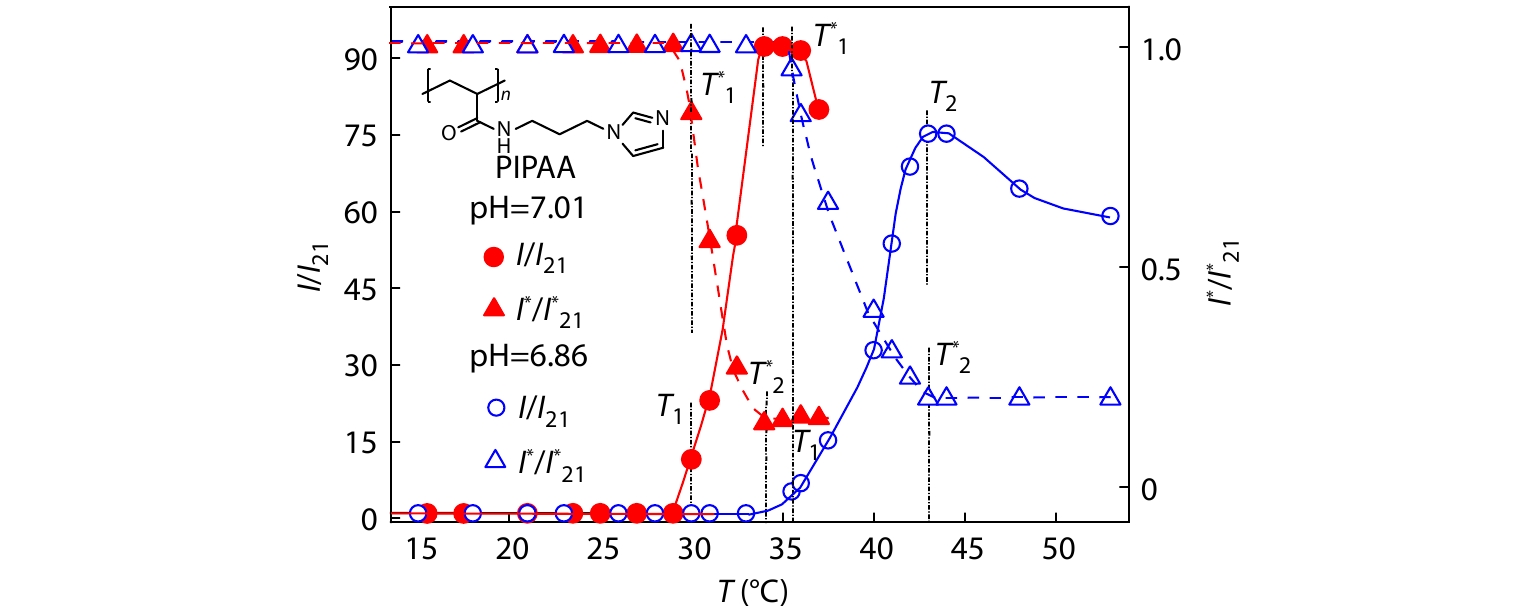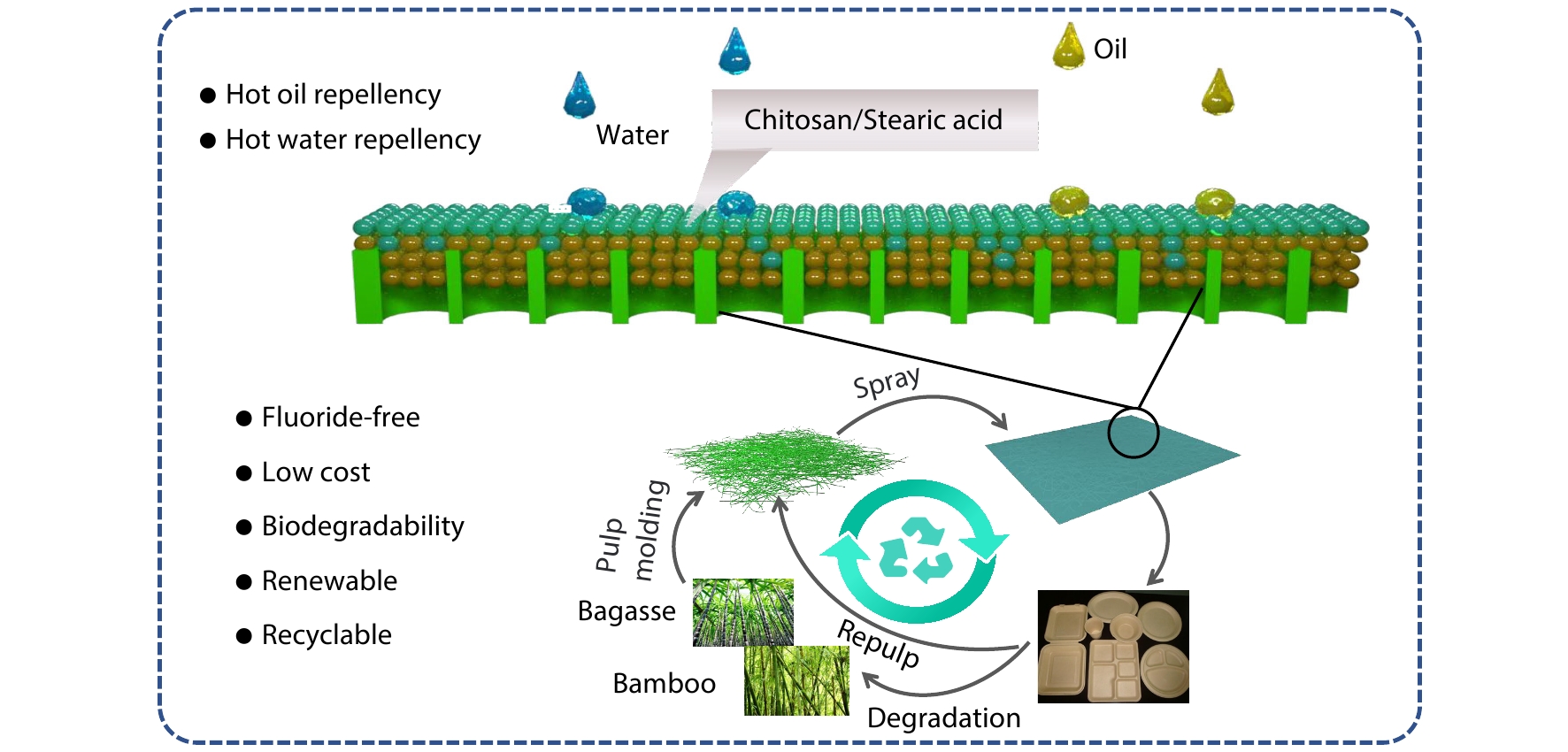
Latest Issue
最新录用 优先出版 刊期浏览 栏目浏览
Issue 4, 2024
REVIEW
2024, 42(4): 417-436. DOI: 10.1007/s10118-024-3087-7Published(online): 2024-03-14Abstract Full text 网络PDFAbstract
RESEARCH ARTICLE
Thermo- and pH-sensitive Polymer with Pendant Spacer-linked Imidazole Cycles Enhanced Publication
2024, 42(4): 437-445. DOI: 10.1007/s10118-023-3056-6Published(online): 2024-03-14Abstract Full text 网络PDFAbstract
RESEARCH ARTICLE
2024, 42(4): 446-456. DOI: 10.1007/s10118-024-3075-yPublished(online): 2024-03-14Abstract Full text 网络PDFAbstract
RESEARCH ARTICLE
Revealing the Structure-Property Difference of Natural Rubber Prepared by Different Methods: Protein and Gel Content are Key Factors Enhanced Publication
2024, 42(4): 457-467. DOI: 10.1007/s10118-024-3071-2Published(online): 2024-03-14Abstract Full text 网络PDFAbstract
RESEARCH ARTICLE
2024, 42(4): 468-479. DOI: 10.1007/s10118-024-3069-9Published(online): 2024-03-14Abstract Full text 网络PDFAbstract
RESEARCH ARTICLE
2024, 42(4): 480-491. DOI: 10.1007/s10118-024-3067-yPublished(online): 2024-03-14Abstract Full text 网络PDFAbstract
RESEARCH ARTICLE
2024, 42(4): 492-500. DOI: 10.1007/s10118-024-3064-1Published(online): 2024-03-14Abstract Full text 网络PDFAbstract
RESEARCH ARTICLE
2024, 42(4): 501-510. DOI: 10.1007/s10118-023-3060-xPublished(online): 2024-03-14Abstract Full text 网络PDFAbstract
RESEARCH ARTICLE
2024, 42(4): 511-520. DOI: 10.1007/s10118-024-3074-zPublished(online): 2024-03-14Abstract Full text 网络PDFAbstract
RESEARCH ARTICLE
Copper-coated Porous Polyimide as Ultralight and Safe Current Collectors for Advanced LIBs Enhanced Publication
2024, 42(4): 521-531. DOI: 10.1007/s10118-023-3062-8Published(online): 2024-03-14Abstract Full text 网络PDFAbstract
RESEARCH ARTICLE
Numerical Analysis of PRISM-PY Calculations for Hard- and Soft-Core Generic Polymer Models Enhanced Publication
2024, 42(4): 532-543. DOI: 10.1007/s10118-023-3055-7Published(online): 2024-03-14Abstract Full text 网络PDFAbstract
RESEARCH ARTICLE
2024, 42(4): 544-557. DOI: 10.1007/s10118-024-3072-1Published(online): 2024-03-14Abstract Full text 网络PDFAbstract
ERRATUM
2024, 42(4): 558. DOI: 10.1007/s10118-024-3083-yPublished(online): 2024-03-14Full text 网络PDF
0
